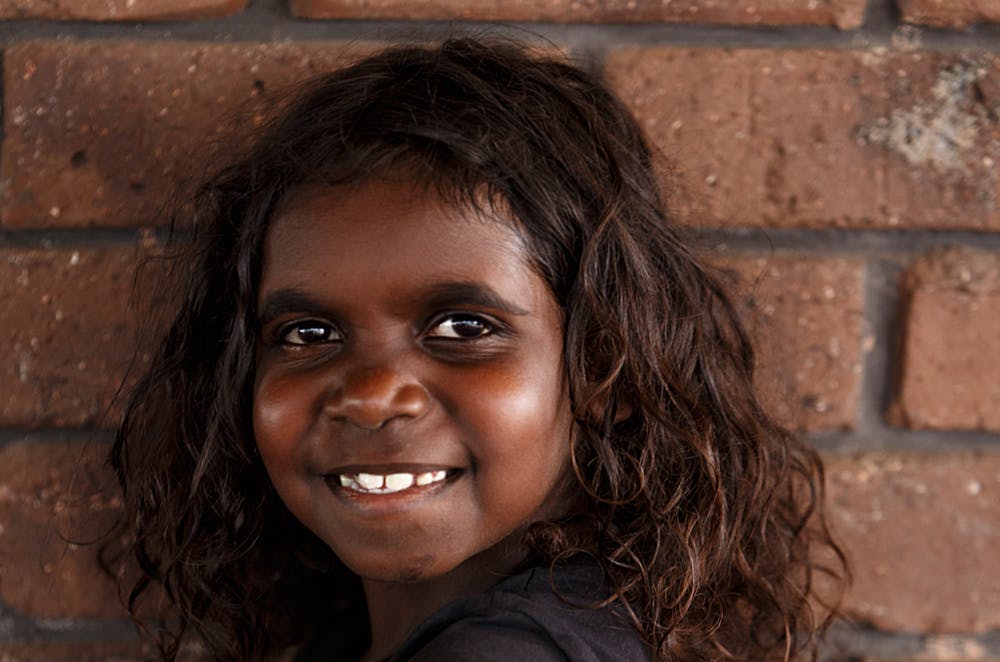Indigenous Australian Names: Miro, Mika, Rianna
by Anna Otto of Waltzing More Than Matilda
When the British colonized Australia in the 18th century, they were almost immediately fascinated by the Aboriginal languages they encountered. The first known Europeans to choose an Aboriginal name for their child were the chaplain and his wife from the First Fleet, whose daughter was baptized Milbah, a local name which had delighted them.
At the time of first European settlement, there were as many as 700 different Aboriginal languages and dialects. Today there are less than 150 in daily use, and all but 20 are in danger of disappearing. By using Aboriginal words and phrases as names, whether on people, businesses, fictional characters, houses, streets, towns, and even pets, those languages remain in use at least to an extent.
I know people are still interested in Australian Aboriginal names, because my posts on the subject are the most popular on my blog. I’m not in any way an expert on Aboriginal language and culture, and have only chosen names which are already in use, or which Indigenous people have been willing to share, or which come from extinct languages.
Pronunciation: Indigenous languages do not have a heavy stress, so each syllable is fairly equal in emphasis. The accent is generally on the first or second-last syllable. The pronunciation of many names and words has been corrupted, and most likely differs from their original pronunciation. With extinct languages, we can never know how they were said. In these cases, I have made suggestions as to how you might choose to say them.
GIRLS
Alinta (a-LIN-tuh)
Means “flame” in one of the traditional languages from South Australia. Alinta was one of the main characters in the 1981 mini-series, Women of the Sun.
Allira (a-LEER-uh)
A corruption of allirea, meaning “clear crystal quartz”; the word is from the Melbourne area of Victoria. Currently quite fashionable in Australia.
Jedda
Jedda was a 1955 film; the first Australian film made in colour, and the first to have Aboriginal lead actors. In the film, which is set in the Northern Territory, the name is explained as meaning “little wild goose”.
Meant “love” in the Wemba-Wemba language of Victoria and New South Wales.
Kirra (KIR-uh)
Kirra Beach is a suburb of the Gold Coast in Queensland, whose name is said to mean “leaf” in the local Yugambeh dialect. This is reasonably well used as a name here.
The name of a town in New South Wales, whose name means “elderberry tree” in the Biripi language.
Merindah (meh-RIN-da)
Means “beautiful and happy”. The name comes from the Sydney area of New South Wales.
Mika (MEE-kuh)
Means both “moon” and “month” in the Nyungar language from Western Australia.
Rianna (ree-AN-uh, ree-AHN-uh, REE-uh-na?)
This meant “small caterpillar” in the Palawa language from Tasmania.
Talia (TAHL-ee-uh or TAHL-yuh)
A coastal town in South Australia whose name means “near water” in the local language. It’s been quite popular in Australia.
BOYS
Bambam
Means “bruise, swelling” in the Bundjalong language from New South Wales, and in the Meriam language from the Torres Strait Islands, it means “yellow”.
The Bouddi Peninsula is in the Central Coast region of New South Wales, and there is a suburb of Bouddi in the city of Gosford, as well as Bouddi National Park. It means “heart” in the Darkinyung language.
Daku (DAK-oo?)
Meant “sand hill” in the Diyari language from the South Australian desert.
Iluka (eye-LOO-ka)
A coastal town in New South Wales whose name means “by the sea” in the Bundajalong language. Once thought of as a girl’s name, the names Luca and Luka now make this seem unisex, and in recent times I have seen it on more boys than girls.
Jarli (JAR-lee?)
Meant “barn owl” in the Jiwarli language from Western Australia.
Jiemba (JIM-ba)
Means “laughing star” in the Wiradjuri language from New South Wales. It refers to the morning star, or the planet Venus. This was one of the names the local Aboriginal people gave to poet Mary Gilmore, but I have only seen it on boys.
Koa (KO-ah)
Means “crow” in the Kaurna language from the Adelaide area of South Australia. The Aboriginal people seem to have used this as a female name, but I think it could work for either sex.
Miro (MEE-roh)
In the Nyungar language, a miro is a type of spear-thrower which propels the aim of the gidgee – a fearsome quartz-tipped spear about eight feet long.
Tanami (TAN-uh-my or TAN-uh-mee)
The name of a desert in the Northern Territory, whose name is a corruption of the Walpiri name for the area, Chanamee, meaning “never die”. The name is apparently due to the fact that rock holes in a particular gully were supposed to never run dry of water. This name is rare, and can be given to both girls and boys.
Tau (rhymes with “cow”)
Means “dusk, twilight” in the Kaurna language.
Anna blogs about a wide variety of Australian names, and Aussie name trends, at Waltzing More Than Matilda.


